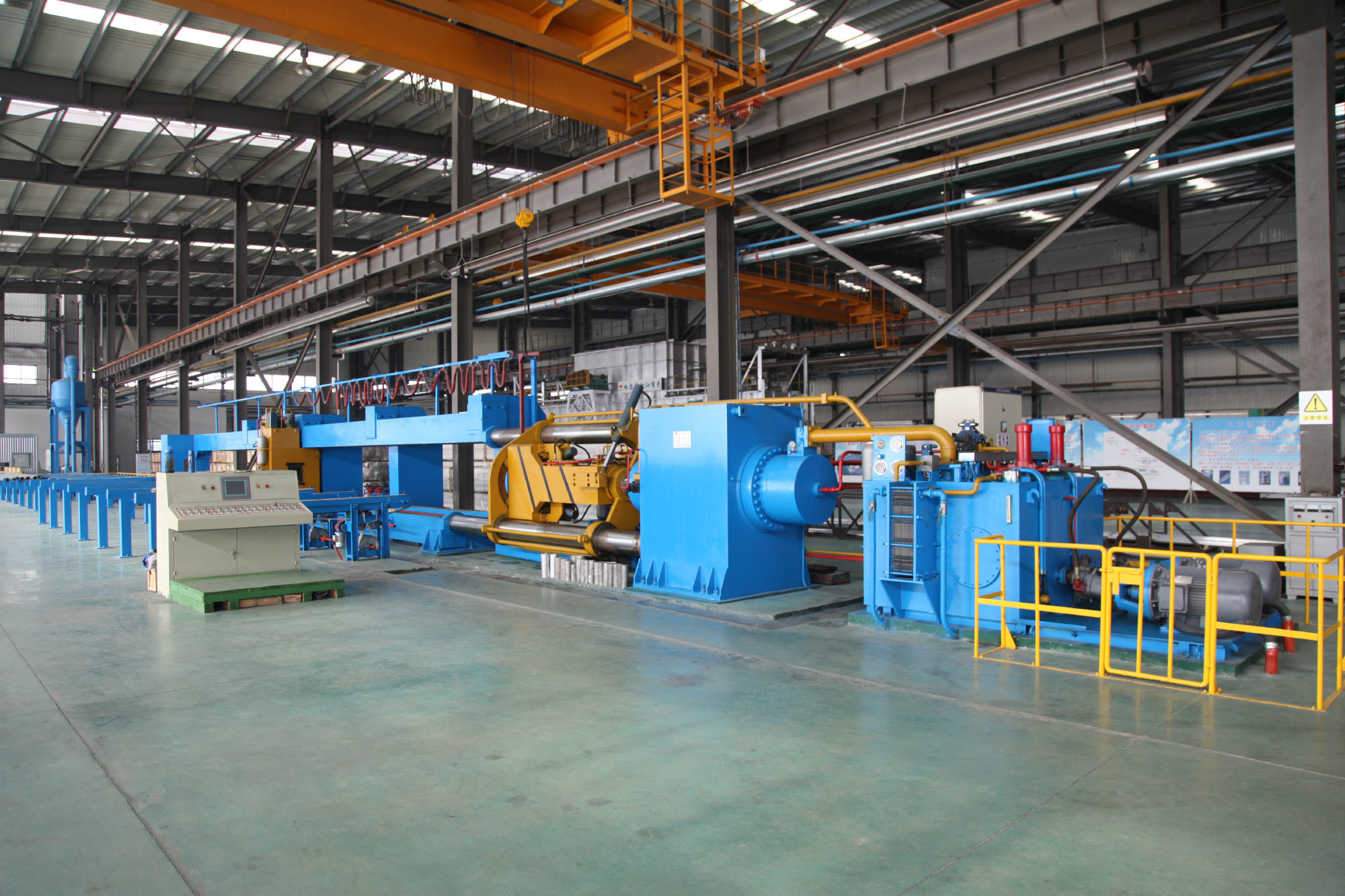Exploring the Versatility of 2011 Aluminum Alloy in Modern Applications
Exploring the Versatility of 2011 Aluminum Alloy in Modern Applications Table of Contents Introduction to 2011 Aluminum Alloy Key Properties of 2011 Aluminum Alloy Advantages of Using 2011 Aluminum Alloy Applications Across Various Industries The Exceptional Machinability of 2011 Aluminum Alloy Comparing 2011 Aluminum Alloy with Other Alloys The Sustainability Aspect o
Jun 02,2025
Exploring the Versatility of 2011 Aluminum Alloy in Modern Applications
Table of Contents
- Introduction to 2011 Aluminum Alloy
- Key Properties of 2011 Aluminum Alloy
- Advantages of Using 2011 Aluminum Alloy
- Applications Across Various Industries
- The Exceptional Machinability of 2011 Aluminum Alloy
- Comparing 2011 Aluminum Alloy with Other Alloys
- The Sustainability Aspect of 2011 Aluminum Alloy
- Future Trends in 2011 Aluminum Alloy Usage
- FAQs About 2011 Aluminum Alloy
- Conclusion
Introduction to 2011 Aluminum Alloy
In the realm of metallurgy, **aluminum alloys** have become essential materials due to their lightweight nature and excellent mechanical properties. Among the various alloys available, **2011 aluminum alloy** stands out for its unique features and versatility. Known primarily for its exceptional machinability, this alloy is used extensively in manufacturing applications requiring precision and efficiency. In this article, we will explore the diverse applications of 2011 aluminum alloy and what makes it a preferred choice among engineers and manufacturers.
Key Properties of 2011 Aluminum Alloy
The **2011 aluminum alloy** falls under the 2000 series of aluminum alloys, which are known for their copper content. Below are some of the key properties that define 2011 aluminum alloy:
High Strength-to-Weight Ratio
2011 aluminum alloy offers an impressive strength-to-weight ratio, making it ideal for applications where minimizing weight without sacrificing strength is crucial.
Excellent Machinability
One of the most significant advantages of 2011 aluminum is its machinability. It can be easily shaped and cut, which allows for intricate designs and high production rates.
Good Corrosion Resistance
Although not as corrosion-resistant as some other alloys, the 2011 aluminum alloy still provides adequate protection against environmental factors, especially when treated or anodized.
Weldability
While welding can be challenging due to its high copper content, with the right techniques and filler materials, 2011 aluminum can be successfully welded.
Advantages of Using 2011 Aluminum Alloy
The benefits of utilizing 2011 aluminum alloy in manufacturing processes are numerous and impactful. Here are some key advantages:
Enhanced Productivity
Due to its superior machinability, manufacturers can achieve higher production speeds, leading to increased output and reduced costs.
Cost-Effectiveness
While 2011 aluminum might have a higher initial cost compared to other alloys, its machinability and resulting savings in manufacturing make it a cost-effective choice in the long run.
Design Flexibility
The ease of machining allows designers greater flexibility in creating complex shapes and components that meet specific application needs.
Durability
Products made from 2011 aluminum alloy tend to have a longer lifespan, which adds value and reduces the frequency of replacements.
Applications Across Various Industries
The versatility of 2011 aluminum alloy makes it applicable across a range of industries. Below are some notable areas where 2011 aluminum is routinely used:
Aerospace Industry
In the aerospace sector, lightweight materials are critical for performance. 2011 aluminum alloy is frequently used in components such as brackets, fittings, and housings.
Automotive Industry
The automotive industry utilizes 2011 aluminum alloy for parts such as engine components and intricate designs that require high precision.
Consumer Electronics
With the trend toward lightweight and durable electronics, 2011 aluminum is often found in smartphone casings, laptops, and other devices.
Medical Devices
The medical field requires materials that meet stringent hygiene and performance standards. The machinability and strength of 2011 aluminum alloy make it a suitable choice for various medical instruments and devices.
Industrial Equipment
In manufacturing machinery, 2011 aluminum alloy is used in the construction of precision parts that benefit from its lightweight and strength.
The Exceptional Machinability of 2011 Aluminum Alloy
The machinability of 2011 aluminum alloy is often considered its most significant attribute. The alloy contains lead, which enhances its cutting characteristics. Here are some factors contributing to its exceptional machinability:
Chip Formation
2011 aluminum produces short chips during machining, reducing the risk of entanglement and improving workplace safety.
Tool Wear
The presence of lead in the alloy helps reduce tool wear, extending the lifespan of cutting tools and minimizing downtime for replacements.
Surface Finish
This alloy can achieve a superior surface finish, which is particularly essential for components requiring tight tolerances and aesthetic considerations.
Comparing 2011 Aluminum Alloy with Other Alloys
When selecting an aluminum alloy, it's vital to compare options to find the best fit. **2011 aluminum alloy** is often compared to:
2024 Aluminum Alloy
While 2024 aluminum offers higher strength, it lacks the machinability of 2011. The choice depends on whether strength or ease of machining is the priority.
6061 Aluminum Alloy
6061 aluminum is known for its versatility and corrosion resistance but does not match the machinability of 2011, making it less suitable for high-volume precision machining.
7075 Aluminum Alloy
7075 offers superior strength but is more challenging to machine. It’s commonly used in aerospace applications where strength is critical.
The Sustainability Aspect of 2011 Aluminum Alloy
Sustainability is an essential consideration in modern manufacturing. The use of **aluminum alloys**, including 2011, contributes to environmentally friendly practices:
Recyclability
Aluminum is 100% recyclable without loss of quality. This characteristic enhances the sustainability of manufacturing processes, as recycled aluminum requires significantly less energy to produce compared to virgin aluminum.
Energy Efficiency
The lightweight nature of aluminum reduces energy consumption in transportation applications, further contributing to sustainability.
Future Trends in 2011 Aluminum Alloy Usage
Looking ahead, the use of **2011 aluminum alloy** is expected to evolve alongside advancements in technology and manufacturing processes:
Increased Automation
With the rise of automation, techniques for machining 2011 aluminum will become more sophisticated, further enhancing efficiency and precision.
Emerging Applications
New applications in sectors such as renewable energy and electric vehicles may increase the demand for 2011 aluminum due to its favorable characteristics.
Innovative Alloys
Research into new aluminum alloys that build on the properties of 2011 may yield even more advanced materials for future applications.
FAQs About 2011 Aluminum Alloy
What are the main uses of 2011 aluminum alloy?
2011 aluminum alloy is primarily used in the aerospace, automotive, consumer electronics, medical devices, and industrial equipment sectors.
How does 2011 aluminum alloy compare to other aluminum alloys?
2011 aluminum alloy is known for its exceptional machinability and is commonly preferred for applications requiring high precision, although it may not offer the same strength as some other alloys.
Can 2011 aluminum alloy be welded?
Welding 2011 aluminum can be challenging due to its copper content, but with proper techniques and filler materials, it can be successfully welded.
What are the machining characteristics of 2011 aluminum?
2011 aluminum exhibits short chip formation, reduced tool wear, and the ability to achieve superior surface finishes, making it ideal for precision machining.
Is 2011 aluminum alloy environmentally friendly?
Yes, aluminum is highly recyclable and requires less energy to produce when recycled, making 2011 aluminum alloy a sustainable choice.
Conclusion
The versatility of **2011 aluminum alloy** makes it an invaluable material across various modern applications. Its unique properties, including excellent machinability, high strength-to-weight ratio, and cost-effectiveness, ensure its relevance in industries ranging from aerospace to consumer electronics. As technology continues to advance, the demand for 2011 aluminum alloy is likely to grow, paving the way for innovative applications and sustainability in manufacturing. Understanding the advantages and characteristics of this alloy allows engineers and manufacturers to make informed decisions that drive productivity and efficiency in their projects.
Latest Developments











